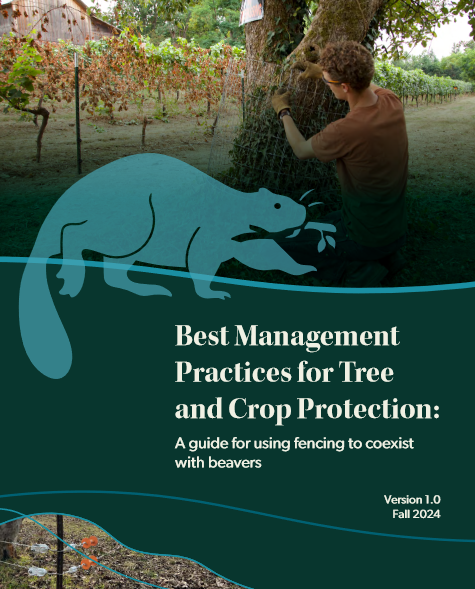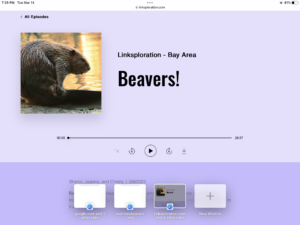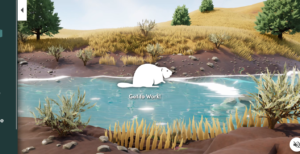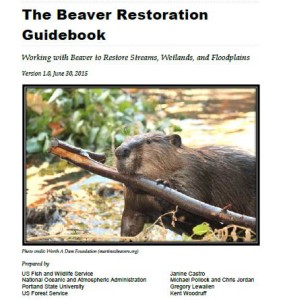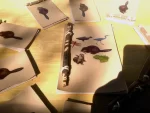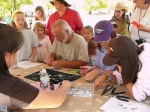Back in October I was contacted by Ron Chaney of Manitou Springs in Colorado who was worried about some dam building that was going on. Since he was about a half hour drive from Sherri Tippie I put them in touch and called Sherri to follow up.
This morning’s headline tells me that good steps were taken, but not unfortunately not enough to save those beavers.
Beavers drive a wedge between Manitou Springs environmentalists, business owners
 As temperatures grew colder in Manitou Springs, the arrival of furry, buck-toothed neighbors drove a wedge between some business owners and residents.
As temperatures grew colder in Manitou Springs, the arrival of furry, buck-toothed neighbors drove a wedge between some business owners and residents.
An unusual influx of beaver activity in recent months cost the town some of its most prized trees. And as some wildlife lovers sought to find a solution that didn’t involve harming the hungry creek-dwellers, Evelyn Waggoner, the owner and operator of Green Willow Motel Cottages, took matters into her own hands.
Waggoner called Alpine Wildlife Control in early November to trap and euthanize three of the beavers.
City Councilor Becky Elder, an environmentalist who’s admired the species since childhood — when she says she earned the nickname “Becky Beaver” — was crushed.
“Some of us … get our hearts broken, because we care,” she says. “… It’s a lot bigger than just a beaver or three dead beavers.”
This should serve as a painful reminder to all of us. Even when there’s a will, a local advocate, a supportive city council member, and a nearby beaver expert, everything can so very quickly come to an end. The default position is always to kill beavers.

Sherri Tippie, president of Denver-based nonprofit WildLife2000, had a slightly different take when she came to the city pool and fitness center to share her expertise with a group of Manitou residents on Nov. 6.
“Beaver are coming back to the areas where they belong,” Tippie said.
She’s been working with beavers for decades, live-trapping and relocating them (she always advises keeping families together) and educating humans on how to live in harmony with them.
A handout she provided for information session attendees says beavers benefit ecosystems by creating wetlands, preventing erosion, promoting biodiversity and improving water quality and quantity. Notably, for Manitou: “A network of beaver dams can help reduce high flows and downstream flooding.”
I don’t know about you but I get a happy, happy feeling seeing Sherri on the front lines with her wonderful drawer displays which show a fantastic model of a castor master and beaver deceiver, as well as some truly adorable clay beavers she made herself. It’s too bad the lives of these beavers couldn’t be saved, but inroads were made. Baby steps.
 Integral to that plan: Roy Chaney, the city pool’s director of aquatics and fitness, who’s been heading efforts to educate the public about beavers since the handiwork of “Manny the Beaver” appeared in the pond next to the pool about a month and a half ago. (Chaney’s invitation brought Tippie and Aaron Hall, a representative of Defenders of Wildlife, to talk about mitigation strategies.)
Integral to that plan: Roy Chaney, the city pool’s director of aquatics and fitness, who’s been heading efforts to educate the public about beavers since the handiwork of “Manny the Beaver” appeared in the pond next to the pool about a month and a half ago. (Chaney’s invitation brought Tippie and Aaron Hall, a representative of Defenders of Wildlife, to talk about mitigation strategies.)
Chaney hopes that one day, with Council’s support, Schryver Park might host nature day camps where students can learn about beavers’ benefits to the environment.
Chaney was delighted to see that on the morning of Nov. 9, about half of the scraps of wood Tippie told him to leave by the pond had been added to Manny’s dam. He says Defenders of Wildlife is providing a camera to place by the dam and hopefully catch Manny in action.
Hey Ron, keep an eye out and maybe Manny will stick around. Saving beavers is hard, hard work and takes more time than many of us ever dreamed possible. I will write the good folks at Manitou springs and give them some ideas about how to coordinate a better outcome with all the players next time. They are very, very close.
Here’;s another hard worker we know very well, who stepped in to save some beavers that couldn’t be saved and found her life changed because of it.
 Beavers: Humanity’s natural ally in combating climate change?
Beavers: Humanity’s natural ally in combating climate change?
Sherry Guzzi wasn’t thinking about climate change eight years ago when she set out to save a family of beavers living near her Lake Tahoe, California, home.
A former architect and lifelong wildlife lover, Guzzi was mostly thinking it was just plain wrong to kill animals seeming not to be causing any real harm. She was also thinking about the preschool next door: children there were rallying around their unofficial mascots, hoping to spare the nettlesome beavers from “removal,” the benign term that for many California beavers means death.
Beavers, ‘a critical landscape-scale force of nature,’ and a resource in combating global warming?
But strong community support didn’t save that beaver family back in 2010. Guzzi says the highway department arranged to have the beavers’ lodge and dam destroyed, leaving the family of four with no protection. “The parents were trying to make a little mud dam so the babies would have a safe place, but then [the crew] came again and shot them in the night,” Guzzi recalled on a recent phone call. “It was very discouraging and just so unnecessarily sad.”
Sherry Guzzi! It’s wonderful to see this article starting with your stories. A rising tide raises all boats, but you’ve received too little afterglow from the publication of Ben’s wonderbook. I so remember the early days of grim beaver rescue when our own Lori traveled to Tahoe to talk to folks about how to live with beavers. Seems like a million years ago.
For her part, Guzzi says she was inspired by the ordeal to launch a nonprofit organization, the Sierra Wildlife Coalition, dedicated to helping people co-exist with beavers and other wildlife in the Tahoe basin. The organization now has a couple hundred members and a core team of dedicated volunteers. Guzzi has also become a self-avowed “beaver believer” – a growing community, she says.
Yes, crack open the lid on this story just a little, and you’ll find that a whole world of passionate beaver devotees indeed exists. And they are capturing more attention. Beavers and the humans who love them have claimed a starring role in Beaver Believers, a new documentary that’s turning heads on the film fest circuit, and also in a critically acclaimed new book, Eager: The Surprising, Secret Life of Beavers and Why They Matter, by Ben Goldfarb. Beavers are figuring into dozens of media hits, and also in a PBS series.
So what’s inspiring this fan base to grow, despite long-held beliefs that beavers are nothing more than a nuisance? In a word, hope. Because as it turns out, these natural engineers may well be humans’ natural allies in efforts to confront climate change.
Here begins yet ANOTHER wonderful review of Ben’s book and the good things beavers can do if we let them. I got all excited when I read that sentence about the “PBS Series” but the author was just referring to the Nature documentary from a few years ago.
Sigh. I wish there was a whole series just about beavers!
Until that lucky day you’ll have to make do with little old me. In the meantime, hurray for our beaver saving friends Ron and Sherry who stepped into the murky waters of beaver advocacy and didn’t get the outcome they wanted, but because of their brave actions made it easier for so many others to follow their lead and make a difference.
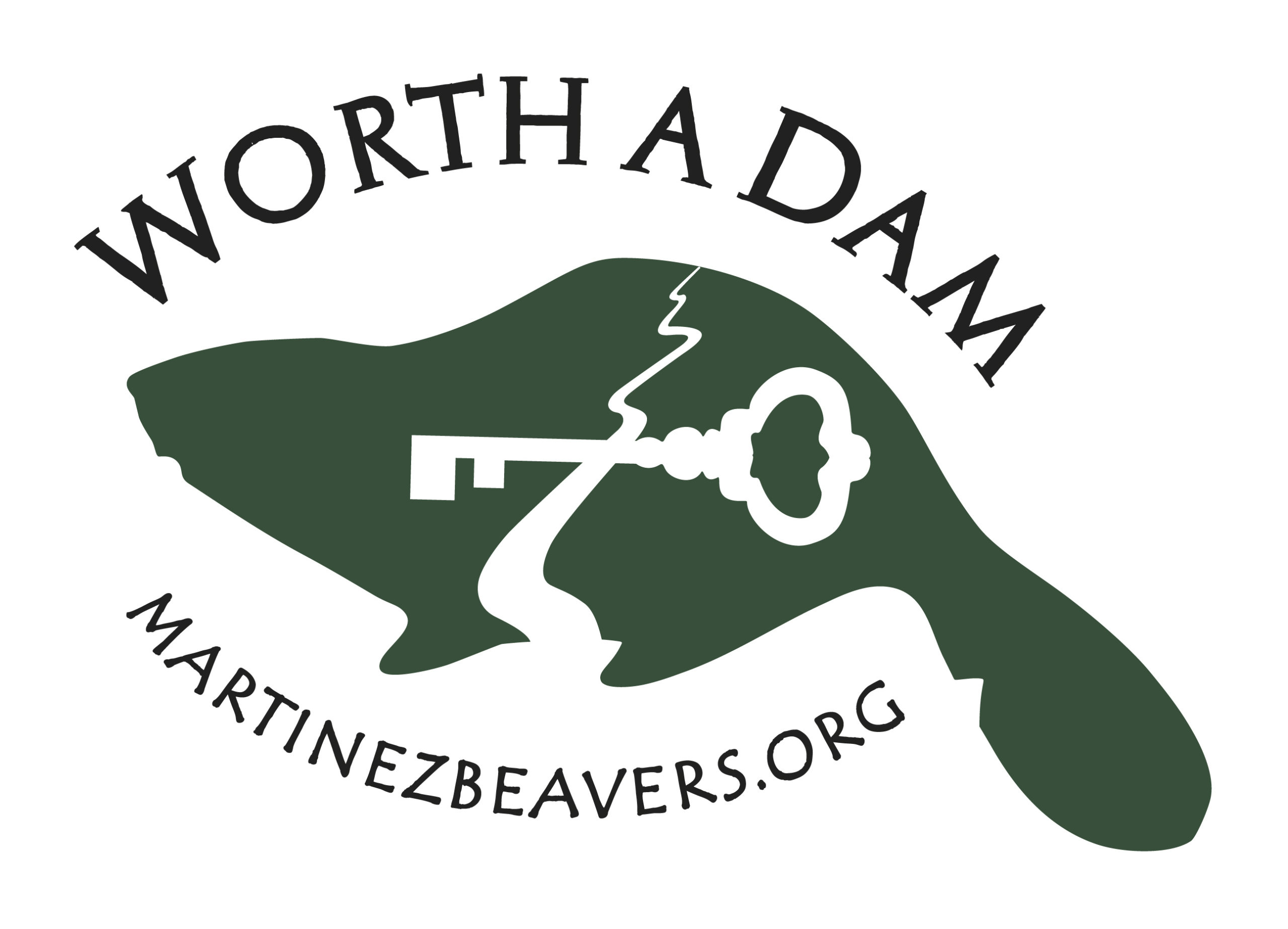

 Two Port Moody advocates hoping their city does right by beavers that take up residence in the city’s waterways are “cautiously optimistic” it is heading in the right direction with a management plan for the industrious creatures.
Two Port Moody advocates hoping their city does right by beavers that take up residence in the city’s waterways are “cautiously optimistic” it is heading in the right direction with a management plan for the industrious creatures. “What seems to be fading is any pretext toward acceptance of beaver as another ingredient in the wildlife urban melting pot,” Taylor-Atkinson said.
“What seems to be fading is any pretext toward acceptance of beaver as another ingredient in the wildlife urban melting pot,” Taylor-Atkinson said.



 B.C. They’ve been fretting because the city just pre-released it’s “Beaver Management Plan” – you know the one they said they’d do to pacify the angry residents after their scheme “accidentally” drowned the kit last year.
B.C. They’ve been fretting because the city just pre-released it’s “Beaver Management Plan” – you know the one they said they’d do to pacify the angry residents after their scheme “accidentally” drowned the kit last year.



 The North American beaver is a keystone species whose activities promote ecological biodiversity across the landscape. Beaver dams help improve water quality by reducing sediment and nutrient flow to downstream sources, creates wetlands and enhances wildlife habitat.
The North American beaver is a keystone species whose activities promote ecological biodiversity across the landscape. Beaver dams help improve water quality by reducing sediment and nutrient flow to downstream sources, creates wetlands and enhances wildlife habitat. the only available option to mitigate potential beaver problems. By working with researchers and experts from around the US, we are able to offer an ecologically friendly beaver management solution by designing and installing custom flow devices (i.e. beaver deceivers) and culvert exclusion fences, providing a long term cost-effective solution. Ecotone installs flow devices to manage the size of the beaver pond, regulate water levels to desirable levels, and mitigate activity around culverts, while also keeping the dam, and the ecosystem services it provides. By working to co-exist with the beaver we can create a cascade of benefits to water quality and biodiversity. .
the only available option to mitigate potential beaver problems. By working with researchers and experts from around the US, we are able to offer an ecologically friendly beaver management solution by designing and installing custom flow devices (i.e. beaver deceivers) and culvert exclusion fences, providing a long term cost-effective solution. Ecotone installs flow devices to manage the size of the beaver pond, regulate water levels to desirable levels, and mitigate activity around culverts, while also keeping the dam, and the ecosystem services it provides. By working to co-exist with the beaver we can create a cascade of benefits to water quality and biodiversity. . Ecotone has partnered with
Ecotone has partnered with 


